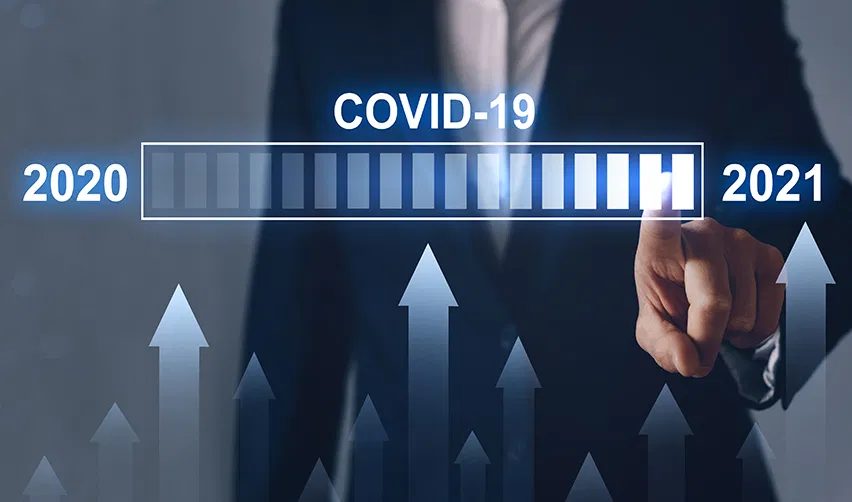The COVID-19 pandemic has dramatically changed the world, but thankfully, the EB-5 Immigrant Investor Program has remained active, continuing to provide foreign investors with a path to legal residency while stimulating the U.S. economy. United States Citizenship and Immigration Services (USCIS) has not stopped evaluating EB-5 investor petitions, and immigrant investors are likewise continuing to research and invest in investment projects. However, while the EB5 investment program has continued, the pandemic has altered some of program’s aspects and created barriers to some investors.
How Has the COVID-19 Pandemic Affected the EB-5 Investment Program?
The pandemic has closed several U.S. government offices to the public, including those operated by USCIS. U.S. embassies and consulates around the world also suspended certain visa procedures at the height of the pandemic, creating a significant stumbling block for those in the middle of the EB-5 investment process. At the same time, many potential EB-5 investors are looking into applying to the program as the pandemic rages on.
Discover What Type of EB-5 Investment Fits Your Needs
Those interested in applying through the EB5 investment program should first speak with an attorney knowledgeable about immigrating to the United States who has experience with the EB-5 program. It may be easier for potential investors to meet with an attorney than ever before, given that some of the best attorneys in the world are only a telephone or video call away. Immigration attorneys can help decide whether direct or regional center EB-5 investment fits an investor’s needs better. Attorneys can also help when deciding whether to invest in projects located in a targeted employment area (TEA).
See if the EB-5 Program Could Work for You
The EB5 investment program is not for everyone. Investors must invest at least $900,000 if their project is in a TEA. This figure rises to $1.8 million if the project is located outside a TEA. To raise these funds, it may be necessary to sell existing assets, and depending on the asset, the pandemic could make this a difficult and time-intensive process.
An additional layer of difficulty is the requirement to prove that the investor’s capital came from lawful sources. Immigration attorneys can be helpful in determining which types of capital sources are the easiest to prove.
Decide What You Want from the EB-5 Investment Program
The EB5 investment program offers two pathways for investors: EB-5 investors can either invest directly in projects or through a regional center. Some applicants opt to invest directly, particularly those with a management background or those interested in retaining more control over their investment to generate more lucrative returns. Most EB-5 investors, however, are focused on acquiring U.S. permanent residency rights instead of making a high-yield investment and therefore choose to invest through a regional center, as it simplifies the ever-important job creation requirement needed for a successful EB-5 application.
Even during the pandemic, potential EB-5 investors can still consider both pathways and how their immigration and investment priorities intersect with them.
Carefully Examine Projects and Regional Centers
Proper due diligence is essential for any EB-5 investor. Thankfully, EB-5 petitions have an extensive paper trail, which makes this process easy. Although potential EB-5 investors may not be able to meet with developers and visit project sites in-person due to the pandemic, they can still evaluate the risk of projects at home.
Immigrant investors should examine the reputation of any potential developers or regional centers. Those who chose to invest through a regional center should consider the following:
- 1) The percentage of EB-5 investors who have previously attained U.S. residency through the regional center
- 2) The track record of I-526 and I-829 petition approvals at the regional center
- 3) The number of investors who have had their EB-5 investment capital paid back following the two-year investment period
EB5AN’s EB-5 Project Risk Assessment Questionnaire can be a useful tool for conducting an EB-5 due diligence investigation. It considers a theoretical project’s immigration and financial risk and can help an investor decide whether to invest in the project. It is always recommended to additionally consult an experienced immigration lawyer, however, to determine the best course of action for any individual investor.







